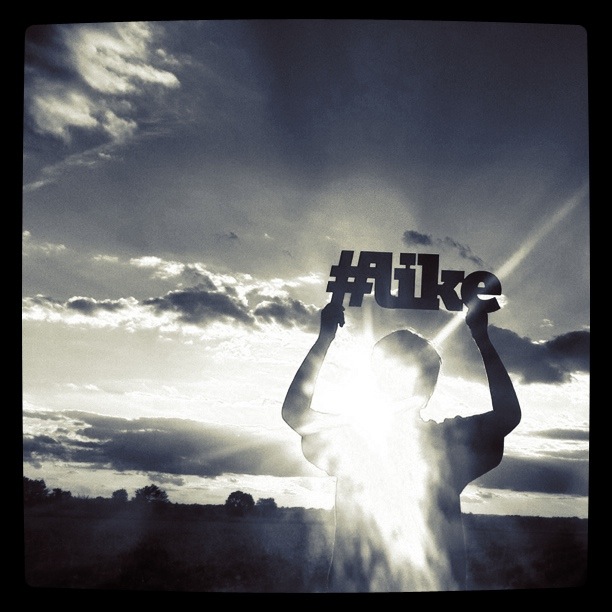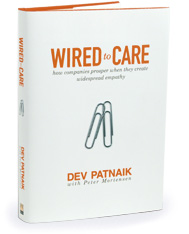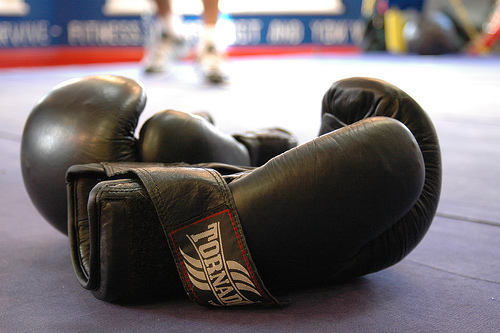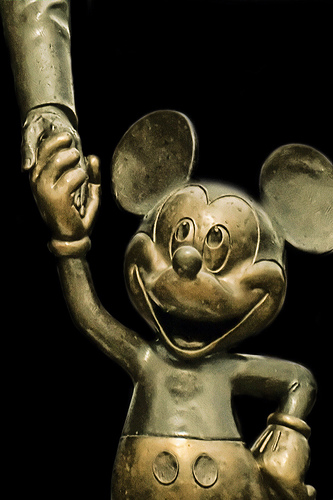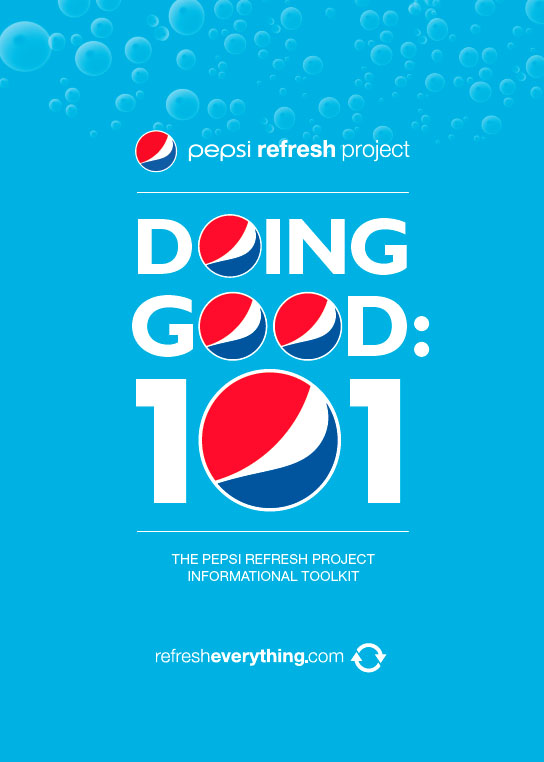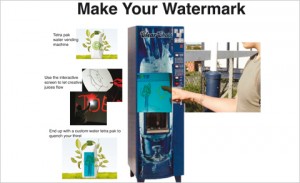What hashtags do you use the most?
Your suggestions on which hashtags offer the most value to those in the social good space are welcome. In my American University course, students are required to tweet at least three times a week, follow topics of interest and join the conversation. This list helps equip students (and others interested in a social good career) tap into the rich resource that is you.
For those interested, our class uses the hashtag #AUsochealth. It’s in hibernation for now, but come Spring 2013, it’ll be in full force. You’re invited to be a part of the learning process, comment on our observations and participate.
Social Marketing
First things first, how come we social marketers don’t have a dedicated hashtag? Perhaps it’s because we’re all busy using the hashtags shared below! Should we have one? Share your opinion in the comments.
Update: Jim Mintz and Mike Kujawski share that some social marketers have started using #socmar.
Thank you to SocialBrite who offers a PDF download of 45 social good hashtags to consider, Symplur’s Healthcare Hashtag Project and Govloop’s Government-Related Hashtag Directory which were all used to help compile this combined and narrowed list. While not heavily consulted, a Twitter Directory for Higher Education-related hashtags was also discovered.
Social Tech for Good
- #sm4sg = Social Media for Social Good
- #4Change = Profiles the use of online technology for good
- #NPTech = Nonprofit Technology
- #text4change = Using Texting for Change
- #v4change – Video for Change
- #m4change = Mobile for Change
- #edtech = Educational Technology
- #elearning = Used for Discussing the Use of Technology for Learning
- #mlearning = Mobile Learning
- #OpenData and #BigData = Refers to Using Data in New, Open, Transparent and Understandable Ways
Social Innovation
Nonprofits + Good Business
- #nfp = Not-For-Profit
- #CharityTuesday = Highlight Charities on Tuesdays Using this Tag
- #fundchat = Tips and Tricks on Better Fundraising
- #SocEnt = Social Entrepreneurship (there’s also #SocEntChat)
- #neweconomy = Used to discuss how we can find alternative paths to economic growth
- #socap = Social Capital
- #impinv = Impact Investing
- #socialbusiness = Used to refer to business working toward social good
- #sofinance = Social Entrepreneurship and Finance
- #BOP and #bopbiz = Bottom of the Pyramid
- #CSR = Corporate Social Responsibility
- #SocialGood = Used for Socially Conscious Tweets
- #giveback = Used for talking about giving back to the world and your community
- #dogood = Used to support doing good and sharing good deeds with the world
Government + Civic Innovation
- #opengov = Open Government
- #mobilegov = Mobile Government
- #socialgov = Social Governmnet
- #digitalk = Used by the U.S. Department of Health and Human’s Service to Refer to Their Digital Strategy
- #digitalstrategy = Used to Reference President Obama’s Strategy for a 21st Century Digital Government
- #digitalgov = Digital Government Communications
- #localgov = Local Government
- #munigov = Municipal Government
- #gov20 = Government 2.0
- #gogov = Used to Applaud Awesome Government Activity
- #hum = Humanitarian Relief Issues
- #aidwork = Self-Explanatory
- #MicroFinance = Self-Explanatory
- #fairtrade = Used to Discuss the Fair Trade Movement
- #earthtweet = Used to Talk About Ways to Improve How We Treat the Planet
Health
- #pubhealth = Public Health
- #hcr = Healthcare Reform
- #sdoh = Social Determinants of Health
- #healthlit = Health Literacy
- #hclitss = Health Communications, Health Literacy and Social Sciences
- #mnch = Maternal, Newborn and Child Health
- #digilit = Digital Literacy
- #healthcomm = Health Communications
- #sm4gh = Social Media for Global Health
- #HP2020 = Healthy People 2020
- #hcsm = Healthcare Social Media
- #mhealth = Mobile Health
- #HealthApps = Used to Highlight Innovative Apps for Health
- #HIT = Health Information Technology
- #FPAdvocacy = Used for Discussing Advocacy for Family Planning Programs
- #5thbday = USAID’s “Every Child Deserves a 5th Birthday Campaign”
- #inspirehealth = Used for Inspirational Tweets about Applying Passion + Purpose for Good
Which ones have I missed? Please share below!
